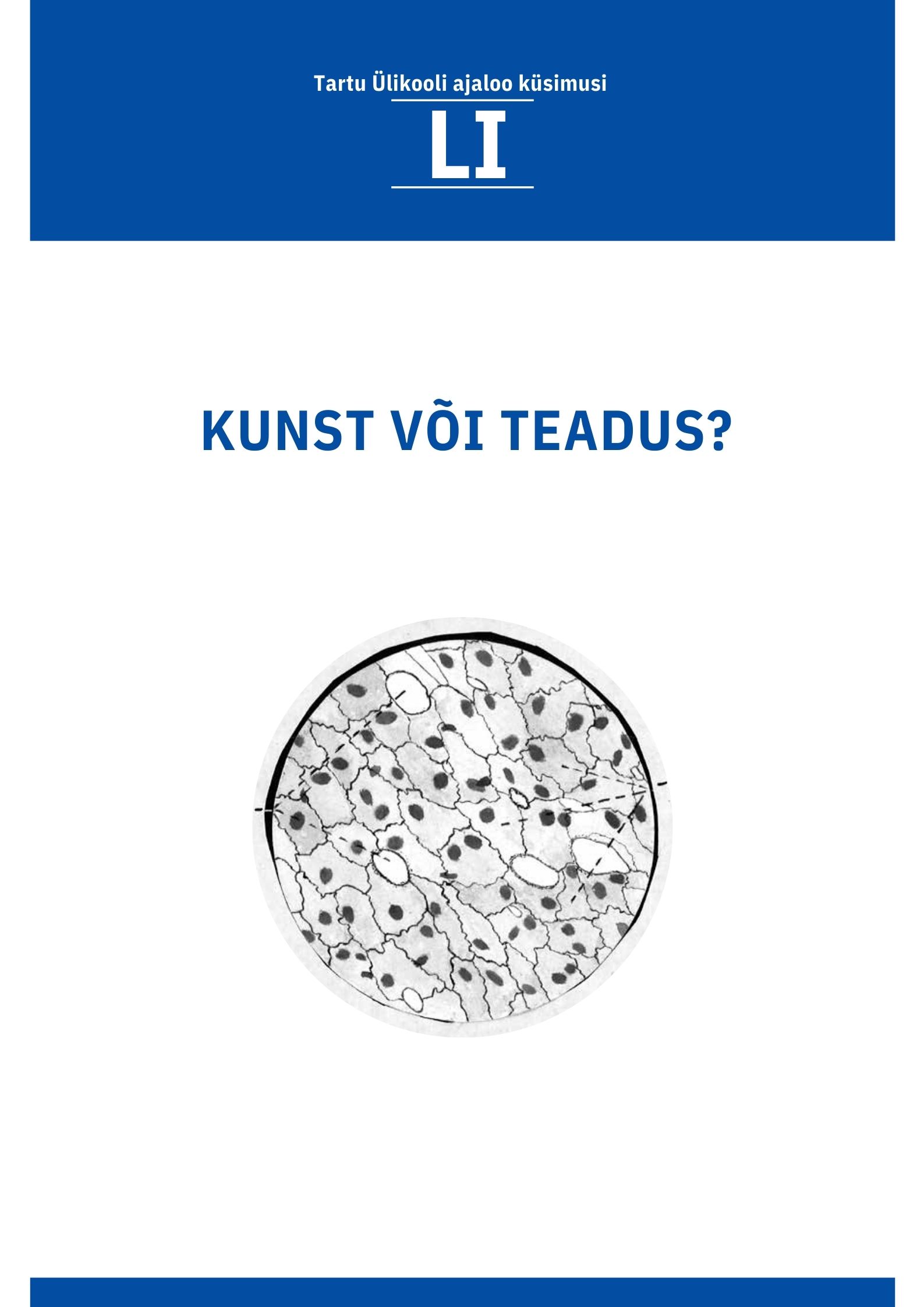Tartu Ülikooli "Inimese anatoomia õpiku" I ja II osa illustreerimisest aastatel 2009-2021
Creation of illustrations for the University of Tartu's human anatomy textbook (parts I and II) during the years 2009-2021
DOI:
https://doi.org/10.15157/tyak.v51i.23352Abstract
In this article, the author focuses on research and review of his
creative, artistic practice, interweaving an objective analysis of the
task of scientific illustration in the 21st century with personal reflections
and memories, in order to shed light on his experience of working
as an illustrator of medical textbooks on human anatomy. The
author’s goal is to retrospectively describe the work process and the
arguments established during its course which shaped the final result.
The main purpose of a scientific drawing or illustration is to explain
and to provide the reader with relevant and supporting content-
related information through visual material. At this point, the
value or, to put it more subjectively – the quality – of the scientific
illustration is determined by the accuracy and concreteness of the
visual description and, at the same time, by the appropriate simplification
and generalization of what is depicted. But what remains
the advantage of illustration, even in the 21st century? The list of
such statements would include the following: a) illustrations make it
easier for us to understand information; b) illustrations make using
the product (including scientific or popular scientific texts) more pleasant
(adding delight); c) illustrations awaken the imagination of the
reader and the viewer, for visual memory images may help to acquire
and remember information; d) illustrations help to overcome cultural
differences.
In the course of its natural unfolding, academic cooperation at the
University of Tartu led to the author's conversations with anatomists
about the need to update the Estonian anatomy textbook for institutions
of higher education. At one point, the anatomists needed an
artist. Rumor has it that Rauno Thomas Moss was not the only candidate
mentioned by Professor Emeritus Arne Lepp in a private conversation, but without revealing any names. Since all the circumstances
followed their natural development and so-called coincidences, conversations
and deliberations between Prof. Arne Lepp, Prof. Helle
Tapfer, Prof. Andres Arend and Liina Pärnsalu were probably decisive
at some point.
All illustrations went through repeated checks and sometimes corrections
and refinements, or they were redone completely, by starting
over from the view depicted in the drawing. The author warm-heartedly
remembers how prof. Arne Lepp gave him an introduction
– before creating the illustrations – which essentially consisted of a
personal lecture, delivered with much internal fire and enthusiasm,
describing the construction of the knee joint. Thanks to prof. Arne
Lepp's successful lecture on the construction of the knee joint, the
artist was able to create a greater number of illustrations and views.
Thus, Arne Lepp himself later recalled that thanks to these detailed
drawings, he was compelled to (and was able to) somewhat rewrite
the given chapter, mentioning more aspects and details than was
originally planned. Though it may seem unorthodox, this is still an
example of very good cooperation.
In the work process, the entire realization of the illustrations
really consisted of manual work. By the time the artist created the
illustrations for the second part of the textbook, he had already lost
a bit of his sight and learned through making mistakes that he could
not work on illustrations for more than 1.5 to 2 hours a day. Some
views of the heart could be drawn at the design stage, maybe even
ten times, and already more or less completed works were begun five
times in a row. But all this was always accompanied by very exciting
substantive knowledge and facts that the professor shared.

